The Evolution of Music Genres:
- The Moolah Team
- May 1, 2023
- 15 min read
A Brief History - From classical to rock to hip-hop, music genres have come a long way over the centuries.
In this blog post, we'll provide a brief history of the evolution of music genres, exploring the cultural and social factors that have shaped the music we listen to today.
I. Introduction
Music is an essential part of human culture that has evolved and changed over time. From the earliest days of human civilization, people have created and enjoyed music in various forms. Throughout history, music has been influenced by cultural, social, and technological factors, which have given rise to many different genres. In this blog post, we will explore the evolution of music genres and how they reflect the cultural and social changes that have occurred over the centuries.
As we journey through the history of music genres, we will see how each era brought with it unique styles and sounds that reflected the values, beliefs, and attitudes of the time. From the structured and formal Classical Era to the emotive and expressive Romantic Era, to the experimental and innovative Modern Era, music has undergone a significant transformation. The development of new instruments, recording technology, and new forms of distribution have also played a role in shaping the music we listen to today.
As we delve into the history of music genres, it is essential to remember that music is more than just a collection of sounds. Music has the power to evoke emotions, create connections, and bring people together. It is a universal language that transcends cultural and social boundaries and has the ability to unite people from all walks of life.
In this blog post, we will examine the evolution of music genres through the lens of culture, society, and technology. We will see how each era has contributed to the development of new musical styles and how these styles have shaped the music we listen to today. Through this exploration, we hope to gain a better understanding of how music has evolved and how it continues to influence our lives.
So, buckle up and get ready for a journey through the history of music genres. From classical to rock to hip-hop, we will explore how music has evolved over the centuries, and how it has become an integral part of our culture and society.

II. The Early Years of Music
The earliest evidence of music dates back to ancient civilizations, such as Egypt and Mesopotamia, where it was primarily used for religious or ceremonial purposes. In these early societies, music was closely linked with spirituality and was used to communicate with the gods. Ancient Greeks also used music for religious rituals and entertainment.
During the Middle Ages, music became an essential part of the Christian Church. Chanting was used in liturgical services, and composers began to write music specifically for religious ceremonies. The most well-known music of this era is Gregorian chant, which is still used in religious services today.
The Renaissance period saw a significant shift in musical styles. Composers such as Giovanni Pierluigi da Palestrina and William Byrd wrote music that was more complex and harmonically diverse than the simple melodies of the Middle Ages. The invention of the printing press also made it easier for music to be shared and distributed, allowing for a broader audience to appreciate and enjoy it.
In the Baroque era, music became more ornate and elaborate, with composers such as Johann Sebastian Bach and George Frideric Handel creating complex pieces that required skilled performers. The rise of opera also contributed to the development of instrumental music, as composers began to write instrumental works to be performed between acts of operas.
Overall, the early years of music were heavily influenced by religion and were used primarily for ceremonial or spiritual purposes. However, as society and culture changed, so did music. The emergence of new instruments and the availability of printed music allowed for greater experimentation and creativity in musical styles, setting the stage for the development of new genres in the centuries to come.

III. The Birth of Popular Music
During the 19th century, music began to shift away from its roots in classical and religious music towards a more populist style. This was due in part to the rise of the middle class and the increasing availability of instruments, making it easier for people to create and perform music themselves.
One of the earliest forms of popular music was the minstrel show, which emerged in the United States in the early 1800s. These shows featured white performers in blackface, singing and performing comedic skits in exaggerated African American dialects. Although highly problematic and offensive by modern standards, these shows were wildly popular and helped to spread the influence of African American music and culture.
As the 19th century progressed, new genres of music began to emerge. Ragtime, a syncopated style of piano music, gained popularity in the late 1800s and paved the way for jazz, which emerged in the early 1900s. Jazz was heavily influenced by African American musical traditions, such as blues and gospel, and quickly became a popular form of dance music.
The 1920s saw the rise of swing music, which was popularized by big bands such as those led by Duke Ellington and Count Basie. This era also saw the birth of the blues, a genre that grew out of African American work songs and spirituals. Blues musicians such as B.B. King and Muddy Waters would go on to influence generations of rock musicians in the decades to come.
In the 1950s, rock and roll emerged as a new genre of music, blending elements of blues, country, and R&B. Artists such as Elvis Presley and Chuck Berry helped to popularize this new style of music, which quickly became a symbol of youth culture and rebellion.
Overall, the birth of popular music marked a significant shift away from the formal and structured styles of classical music towards a more populist, accessible form of music that spoke to the masses. This era saw the rise of new genres and the birth of some of the most influential artists in music history.

IV. The Rise of Hip-Hop
Hip-hop is a genre of music that originated in the African American and Latino communities in the Bronx, New York in the 1970s. It is characterized by its use of rapping, DJing, and beatboxing, and has since become a global cultural phenomenon.
The roots of hip-hop can be traced back to block parties in the Bronx, where DJs would use turntables and mixers to create new and exciting sounds. The MCs, or rappers, would then use these beats to create improvised rhymes, often based on their own experiences growing up in the inner city.
One of the earliest and most influential hip-hop groups was Grandmaster Flash and the Furious Five, who released their debut single "Superrappin'" in 1979. This song, along with other early hip-hop tracks, helped to popularize the genre and bring it to a wider audience.
As hip-hop grew in popularity, new sub-genres began to emerge. In the 1980s, groups such as Run-DMC and Public Enemy brought a more political and socially conscious message to hip-hop, using their music as a tool for activism and empowerment.
The 1990s saw the rise of gangsta rap, a sub-genre that focused on the realities of life in urban America, often with violent and explicit lyrics. Artists such as Tupac Shakur and The Notorious B.I.G. became household names and helped to bring hip-hop into the mainstream.
Hip-hop has since become one of the most popular and influential genres of music in the world. Its influence can be seen in everything from fashion to film, and its messages of empowerment and self-expression have resonated with people of all ages and backgrounds.
Despite its popularity, hip-hop has also faced criticism for its sometimes controversial lyrics and its association with violence and drug use. However, many argue that hip-hop has also served as a voice for marginalized communities and has helped to bring important social and political issues to the forefront.
Overall, the rise of hip-hop has been a significant chapter in the history of music, marking a new era of creativity, innovation, and cultural significance.

V. Electronic Music: From Synths to EDM
Electronic music is a genre of music that is created using electronic instruments and technology, such as synthesizers and drum machines. It emerged in the 1960s and has since become one of the most diverse and innovative genres in music history.
The early pioneers of electronic music include artists such as Karlheinz Stockhausen and John Cage, who experimented with new sounds and techniques using tape machines and other electronic equipment. These early experiments paved the way for the development of new instruments such as the Moog synthesizer, which became a staple of electronic music in the 1970s.
One of the earliest forms of electronic dance music was disco, which emerged in the 1970s and combined elements of funk, soul, and pop music. Disco tracks often featured electronic instrumentation and were played in clubs and discotheques around the world.
In the 1980s, electronic music began to take on a more experimental and avant-garde character. Artists such as Kraftwerk, Gary Numan, and Depeche Mode used synthesizers and drum machines to create new and innovative sounds, often incorporating elements of science fiction and technology into their music.
The 1990s saw the rise of electronic dance music (EDM), which became a global phenomenon. EDM incorporates a wide range of sub-genres, including house, techno, trance, and drum and bass, and is known for its high-energy beats and use of electronic instruments and production techniques.
Today, electronic music continues to evolve and push the boundaries of what is possible in music. Artists such as Daft Punk, Skrillex, and Deadmau5 have become household names, and electronic music festivals such as Tomorrowland and Ultra have become some of the largest and most popular music events in the world.
Electronic music has also had a significant impact on popular culture, influencing everything from fashion to film. Its use in advertising, video games, and other media has helped to bring electronic music to a wider audience and cement its place as one of the most important and innovative genres in music history.
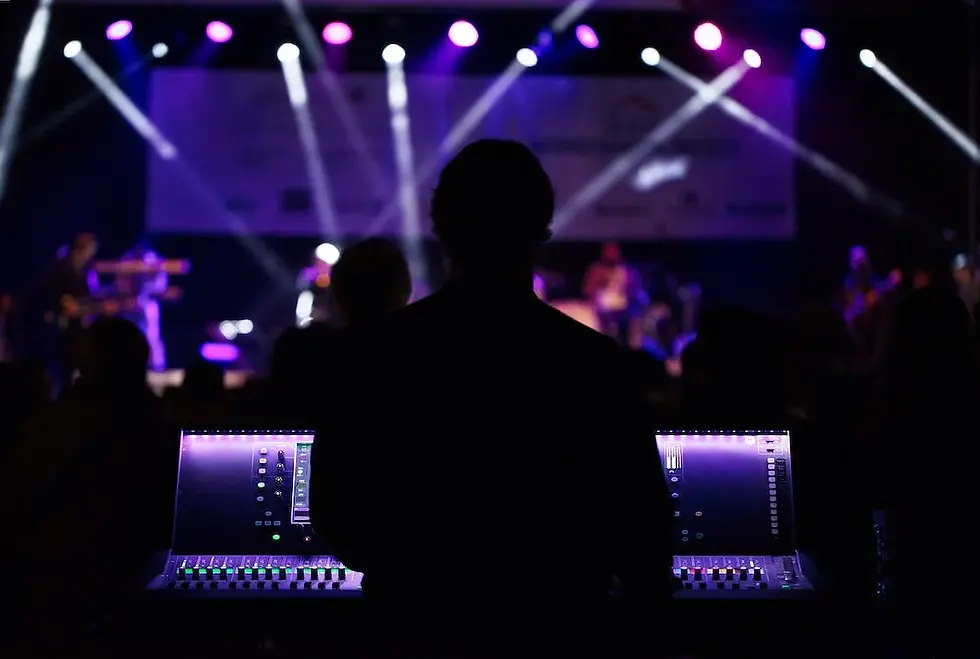
VI. Hip-Hop: From the Bronx to the Mainstream
Hip-hop is a genre of music that originated in the Bronx, New York City, in the 1970s. It emerged from a cultural movement that also included breakdancing, graffiti art, and other forms of urban expression.
The early pioneers of hip-hop included DJs such as Kool Herc and Afrika Bambaataa, who would mix and blend records to create new and unique sounds. This practice of DJing gave rise to the MC, or master of ceremonies, who would use rhyming and rhythmic speech to engage the crowd and keep the party going.
In the 1980s, hip-hop began to gain mainstream attention, with artists such as Run-DMC and LL Cool J becoming household names. These artists incorporated elements of rock and pop music into their sound, helping to bring hip-hop to a wider audience.
The 1990s saw the rise of gangsta rap, with artists such as N.W.A. and Tupac Shakur using their music to address issues of social and political importance, such as police brutality and the war on drugs. This era also saw the emergence of alternative hip-hop, with artists such as De La Soul and A Tribe Called Quest using more eclectic and experimental sounds in their music.
Today, hip-hop has become one of the most popular and influential genres in music. Artists such as Jay-Z, Kendrick Lamar, and Drake have become household names, and hip-hop has had a significant impact on popular culture, influencing everything from fashion to film.
Hip-hop has also been a powerful force for social change, with artists using their music to address issues such as racism, poverty, and inequality. The genre has been particularly important in giving a voice to marginalized communities, and has helped to bring attention to important issues that might otherwise have gone unnoticed.
In conclusion, the evolution of music genres has been a fascinating journey, shaped by cultural, social, and technological factors. From the classical music of the past to the cutting-edge sounds of electronic and hip-hop music today, music has the power to unite people and inspire change. As we look to the future, it will be exciting to see where music will take us next.

VII. The Rise of Electronic Music
Electronic music emerged in the mid-20th century, and it quickly became a popular genre, with significant contributions from experimental composers and musicians. The advent of new electronic instruments such as synthesizers, drum machines, and digital audio workstations allowed for new forms of expression and experimentation in music.
A. Early Electronic Music
The first electronic music was created in the early 20th century by experimental composers, including Luigi Russolo, who created a device called the "intonarumori" that produced a range of unusual sounds. In the 1940s, Pierre Schaeffer created "musique concrète," a form of electronic music that used recordings of natural sounds as its source material.
B. Synthesizers
The invention of the synthesizer in the 1960s revolutionized electronic music production. Robert Moog is often credited with creating the first commercially successful synthesizer, the Moog synthesizer. It quickly became a popular instrument in the creation of electronic music.
C. Electronic Dance Music
Electronic dance music (EDM) emerged in the 1980s as a subgenre of electronic music. Its origins can be traced back to the disco era, with artists such as Giorgio Moroder and Donna Summer incorporating electronic sounds into their music. The emergence of house music in Chicago and techno in Detroit in the 1980s helped to popularize EDM.
D. Sampling and Digital Audio Workstations
The rise of digital audio workstations (DAWs) and sampling technology in the 1990s made it easier for producers to create electronic music. Sampling involved taking a section of a previously recorded sound and incorporating it into a new composition. DAWs allowed for the manipulation of digital audio files, making it possible to create complex electronic music compositions with ease.
E. Contemporary Electronic Music
Today, electronic music is a diverse genre with countless subgenres and styles. From ambient and experimental to techno and dubstep, electronic music continues to evolve and push the boundaries of what is possible in music production. In recent years, electronic music festivals and clubs have become increasingly popular, drawing huge crowds from around the world.
In conclusion, the rise of electronic music has been a significant development in the evolution of music genres. It has allowed for new forms of expression and experimentation, and has given rise to countless subgenres and styles. As technology continues to evolve, it is likely that electronic music will continue to play a significant role in shaping the music we listen to.
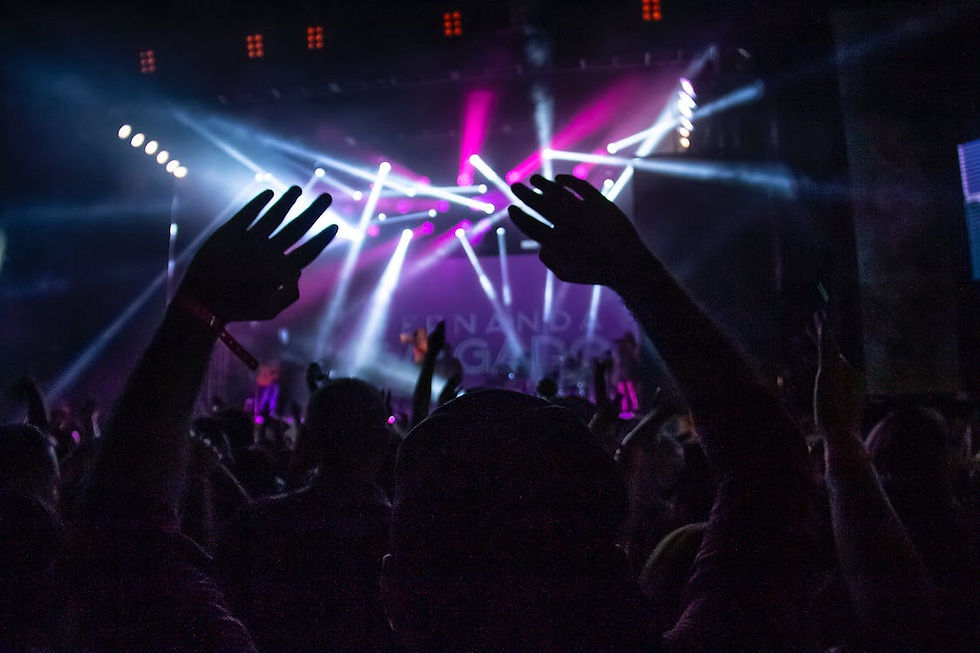
VIII. The Rise of Electronic and Experimental Music
Electronic and experimental music emerged in the mid-20th century, influenced by developments in technology and the growing interest in exploring new sounds and musical structures. The use of electronic instruments, such as synthesizers and drum machines, allowed for new and unconventional sounds to be created, while the exploration of sound manipulation techniques, such as sampling and looping, further expanded the creative possibilities of music production.
A. Origins of Electronic Music
The origins of electronic music can be traced back to the early 20th century, with the development of electronic instruments such as the theremin and the ondes Martenot. These instruments used electronic circuitry to produce and manipulate sound, and were used in experimental compositions by avant-garde composers such as Edgard Varèse and Olivier Messiaen.
B. Development of Synthesizers
The development of the first synthesizer in the 1950s marked a significant milestone in the history of electronic music. The RCA Mark II Synthesizer, created by electronic music pioneer Herbert A. Deutsch and his colleague Robert Moog, allowed for the creation of complex and unique sounds that were previously impossible to achieve with traditional instruments.
C. The Emergence of Electronic and Experimental Music
In the 1960s and 1970s, electronic and experimental music gained popularity among avant-garde composers and musicians. Musicians such as Karlheinz Stockhausen and Morton Subotnick used synthesizers and other electronic instruments to create new and unconventional sounds, while bands such as Pink Floyd and Kraftwerk integrated electronic elements into their rock music.
D. Techno and House Music
In the 1980s, electronic dance music emerged as a popular genre, with the rise of techno and house music. These genres, characterized by their repetitive beats and synthesized soundscapes, originated in Detroit and Chicago, respectively, and quickly spread to clubs and dance floors around the world.
E. The Influence of Electronic Music
Today, electronic music has a significant influence on many other genres, from pop to hip-hop to rock. The use of electronic instruments and production techniques has become ubiquitous in modern music production, and has allowed for an unprecedented level of experimentation and creativity in music.
In conclusion, electronic and experimental music represent a significant development in the evolution of music genres, and have had a profound influence on the music we listen to today. The use of electronic instruments and production techniques has allowed for new and unconventional sounds to be created, while the exploration of sound manipulation techniques has expanded the creative possibilities of music production. Electronic music continues to evolve and influence modern music, and it will be exciting to see where it goes in the future.
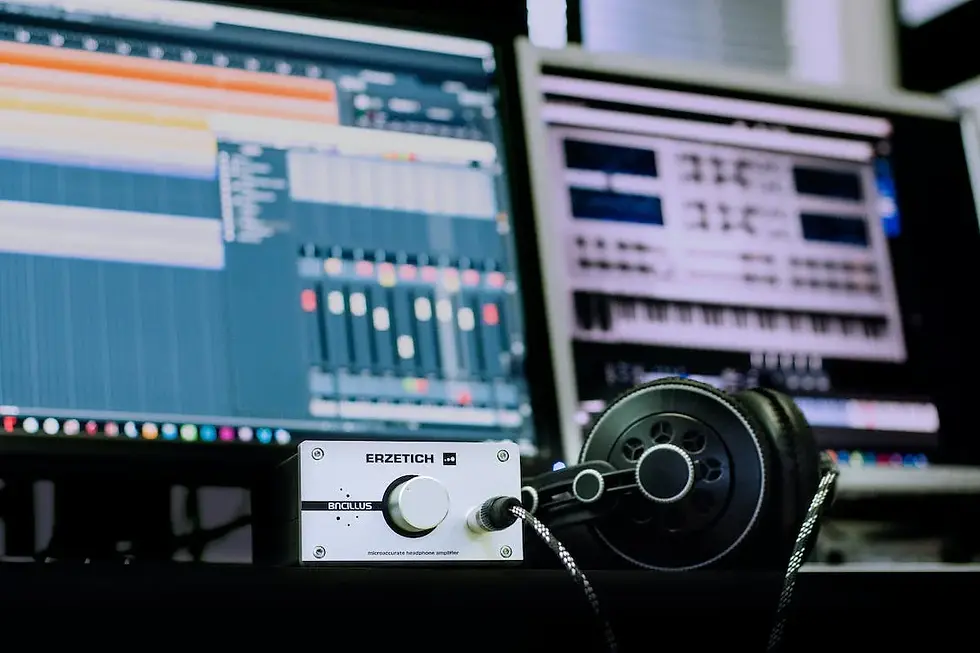
IX. The Future of Music Genres
As music continues to evolve and change, it's exciting to think about what the future of music genres will look like. With advances in technology, we can expect to see even more cross-genre collaborations and experimentation with new sounds and styles.
One trend that is likely to continue is the blurring of genre boundaries. As we've seen in recent years, many artists are no longer content to stick to a single genre, instead blending elements from multiple genres to create something new and unique. This is likely to continue as artists become more comfortable with breaking down traditional genre barriers and audiences become more open to hearing new sounds.
Another trend that is likely to continue is the influence of technology on music creation and consumption. With the rise of streaming services and social media, musicians have more opportunities than ever to connect with fans and get their music heard. This has also led to the rise of new genres and subgenres, as niche audiences can now find and support music that might have gone unnoticed in the past.
One area where technology is likely to have a major impact is in the use of artificial intelligence and machine learning in music creation. Already, there are AI-powered tools that can assist musicians in creating new compositions, and it's not hard to imagine a future where AI-generated music is a common sight in the music industry.
However, as with any new technology, there are also concerns about the impact that AI could have on the future of music genres. Some worry that AI-generated music could lead to a homogenization of sound, as algorithms favour certain styles or sounds over others. Others worry that the rise of AI-generated music could lead to a loss of creativity and originality, as musicians become overly reliant on technology to create new music.
Overall, the future of music genres is sure to be an exciting and ever-changing landscape. As new artists emerge, new sounds are created, and new technologies are developed, we can expect to see even more diversity and experimentation in the music we listen to. Whether it's through the revival of old genres or the creation of new ones, the evolution of music genres will continue to shape the cultural and social landscape for years to come.
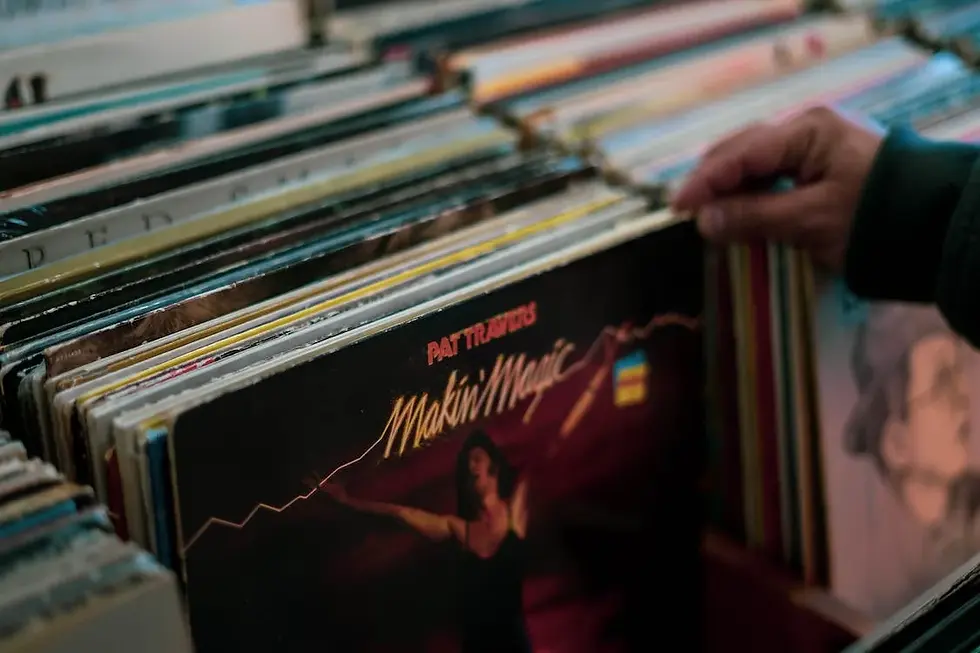
X. The Future of Music Genres
As we've seen throughout history, music genres are not static and unchanging. They are constantly evolving and adapting to cultural and social changes. With the rise of technology and the internet, we are currently in a period of rapid change and experimentation in the music industry.
One trend that has emerged in recent years is the blending of genres. Musicians are no longer confined to a single genre and are exploring new sounds and styles. This has led to the creation of new hybrid genres such as trap-pop, indie-electronic, and country-rap.
Another trend is the increasing importance of streaming platforms like Spotify, Apple Music, and Tidal. These platforms have made it easier for artists to reach a global audience and have given rise to new subgenres and microgenres.
The future of music genres is likely to be shaped by technology and globalization. As more people around the world have access to the internet and streaming services, we can expect to see more cross-cultural influences and fusions of genres. Virtual reality and augmented reality could also play a role in shaping the future of music, offering new ways to experience and interact with music.
However, it's worth noting that even as genres continue to evolve and change, they will always be grounded in the cultural and social context in which they are created. As long as music remains a reflection of the human experience, genres will continue to be shaped by the times and places in which they are produced.
In conclusion, the evolution of music genres is a fascinating subject that sheds light on the cultural and social forces that shape our world. From the early days of classical music to the present-day experimentation with hybrid and microgenres, music has always been a dynamic and ever-changing art form. As we look towards the future, we can expect music genres to continue to evolve and adapt, reflecting the changing times and cultures in which they are produced.

XI. Conclusion
In conclusion, music has been an integral part of human society for centuries, and the evolution of music genres is a reflection of the social and cultural changes that have taken place over time. From the simplicity of early folk music to the complex arrangements of classical music, and from the rebelliousness of rock to the raw energy of hip-hop, music has continually adapted to meet the needs and desires of listeners.
Throughout history, music has been used to communicate a variety of messages, from political and social commentary to entertainment and emotional expression. As society has changed, so too has the music we listen to, and today's popular genres reflect the diverse cultural landscape of the modern world.
As we continue to move forward, it will be interesting to see how music continues to evolve and adapt to the changing needs and desires of society. What new genres will emerge, and how will they reflect the cultural and social changes of the future? Only time will tell.
In the end, it is clear that music has the power to bring people together, to inspire, and to provoke thought and emotion. Whether we are listening to classical music, rock, hip-hop, or any other genre, the universal language of music continues to connect us all.
Thank you for taking the time to read this brief history of the evolution of music genres. We hope you found it informative and engaging. Music has come a long way over the centuries, from the classical period to modern-day genres like hip-hop and electronic dance music. The cultural and social factors that have shaped these genres are complex and diverse, but they all play an important role in the music we listen to today.
If you enjoyed this post, please consider subscribing to our newsletter to stay up-to-date on the latest music news, trends, and insights. Thanks for reading, and we look forward to sharing more with you in the future.
Best regards,
Moolah





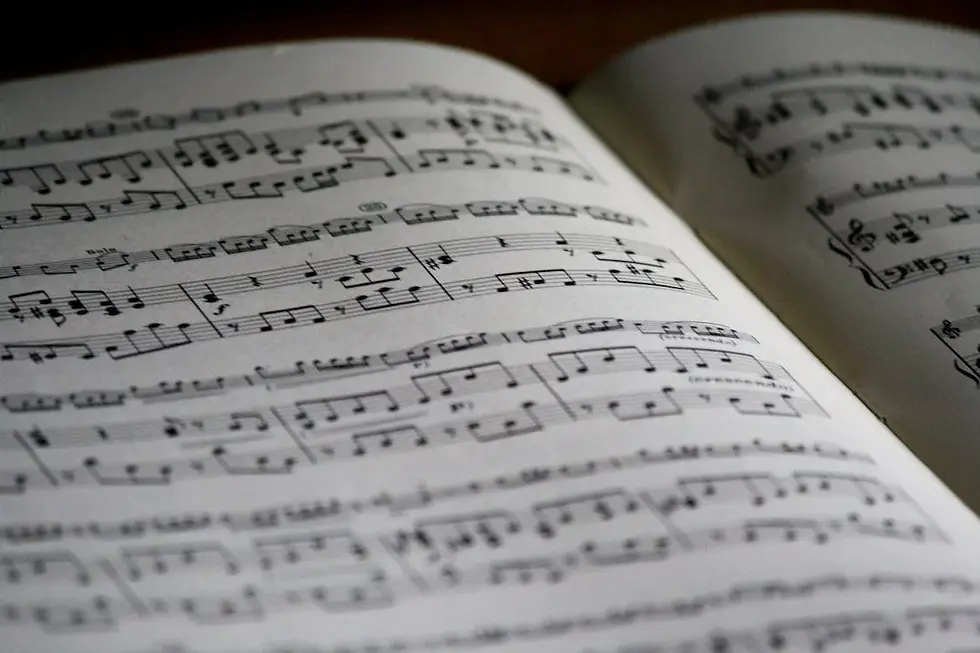

Comments